Take a ‘Traditional Liquor Tour’ in Jeonju, the Birthplace of Moju
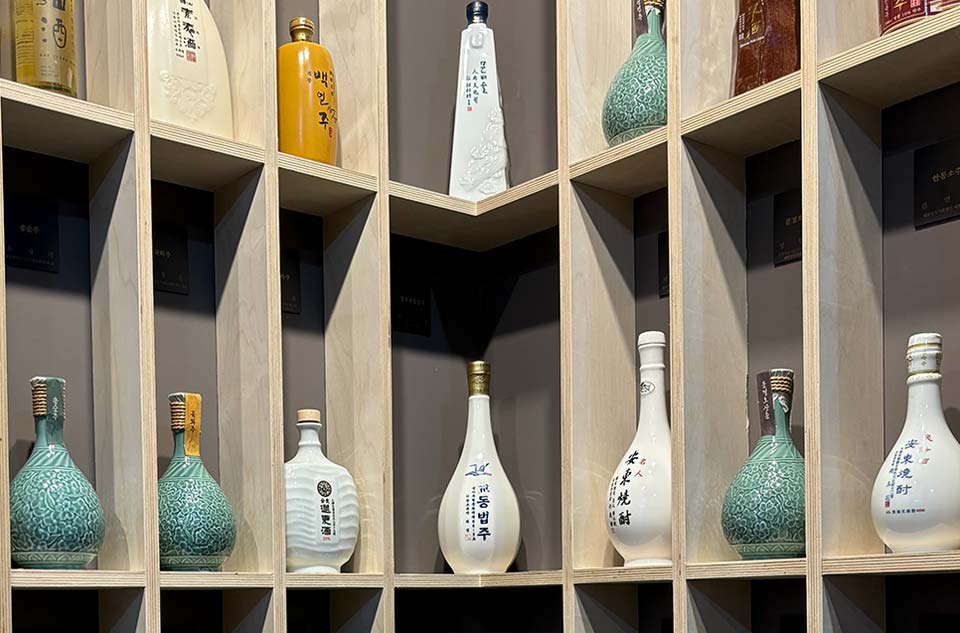
The way we enjoy alcohol has changed. Now, it’s less about the quantity and more about exploring various types of alcohol that suit individual tastes. This trend has led to the rise in popularity of craft beers and homemade makgeolli. Such homemade alcoholic beverages also existed in the past; our ancestors had their own versions. I visited the Jeonju Korean Liquor Museum in Jeonju, known for Moju, to learn more about these traditional drinks.
| Jeonju Korean Liquor Museum

“The Jeonju Korean Liquor Museum continues the tradition of our ancestors’ home-brewed spirits!”
Located in the Hanok Village, the Jeonju Korean Liquor Museum is a cultural spot dedicated to brewing and promoting traditional liquors. It displays artifacts related to traditional alcohol and preserves the tradition of Hyang-eum Jurye. The museum was established to modernize and continue the tradition of home-brewing, which our ancestors used for rituals and to serve guests.


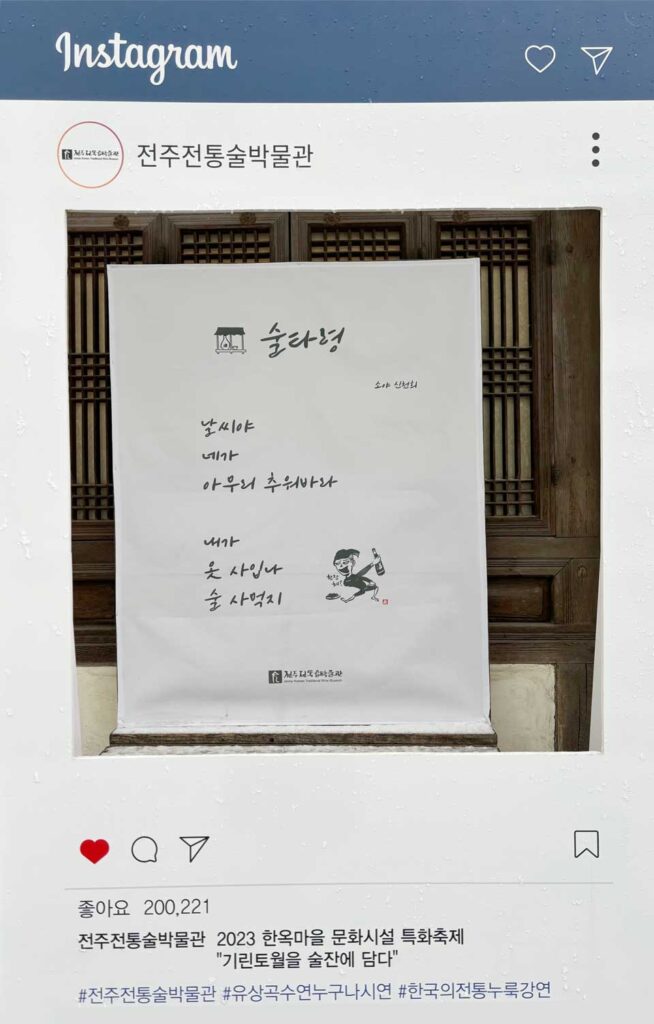
In front of the Jeonju Korean Liquor Museum, there were several eye-catching banners. One had a catchy phrase perfect for Instagram: “No matter how cold it gets, I’ll either buy clothes or buy alcohol to warm up.” Another banner advertised a BTS package experience, including making Jeonju’s famous traditional Moju, as BTS did. My goal today was the exhibition, so I went to see the displays about “Our Grandmother’s Home-Brewed Liquor Made with Nuruk” and “Our Grandmother’s Kitchen.”
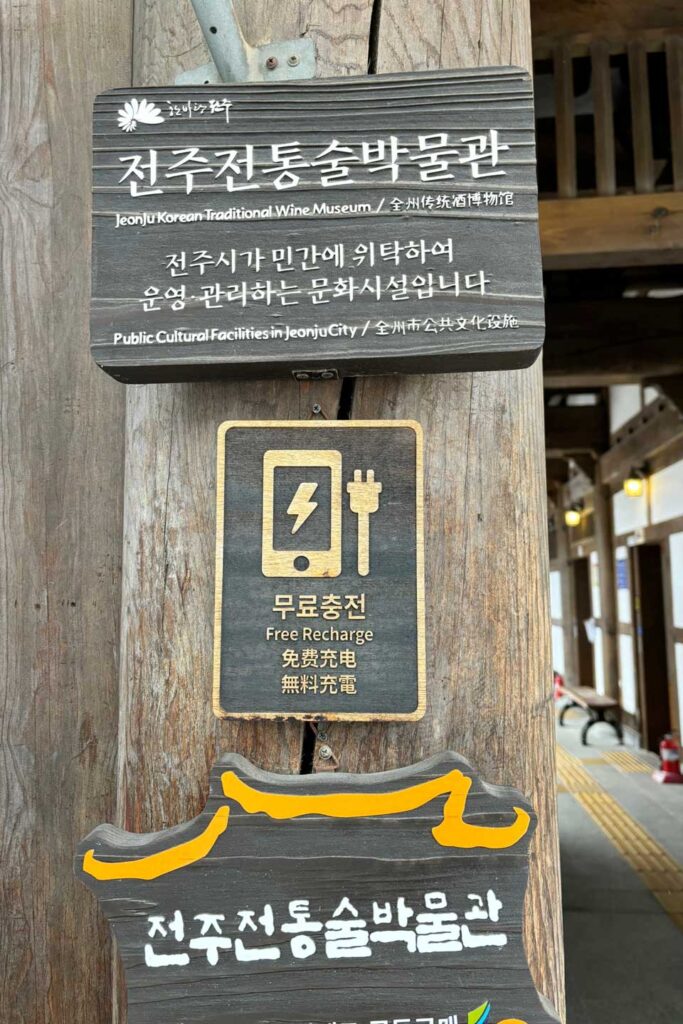
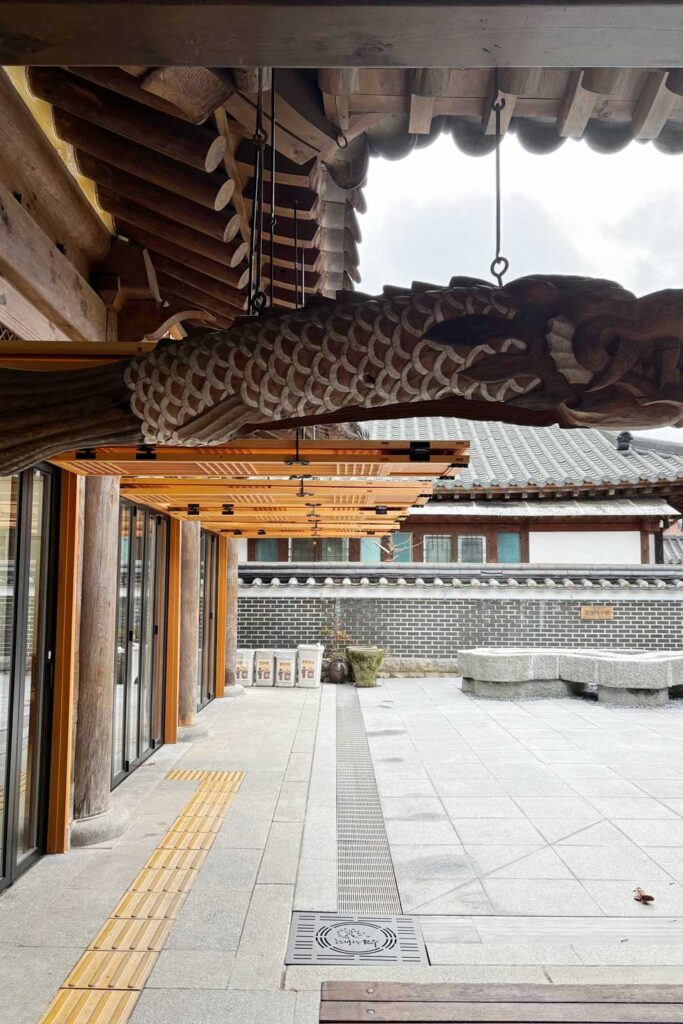
Before entering the Jeonju Korean Liquor Museum, I saw a sign for free charging at the entrance – a useful feature for travelers. Inside, there were exhibition pamphlets on one wall. Further down the long hallway, a courtyard and traditional Hanok buildings came into view.


Throughout the Jeonju Korean Liquor Museum, informative signs made navigating and understanding the exhibits straightforward. The floor markings clearly guided visitors through the exhibit route. A notable feature was the use of Augmented Reality (AR) through the ‘Artivive’ app, enhancing the viewing experience. Downloading the app in advance seemed a practical tip for a more enjoyable visit.
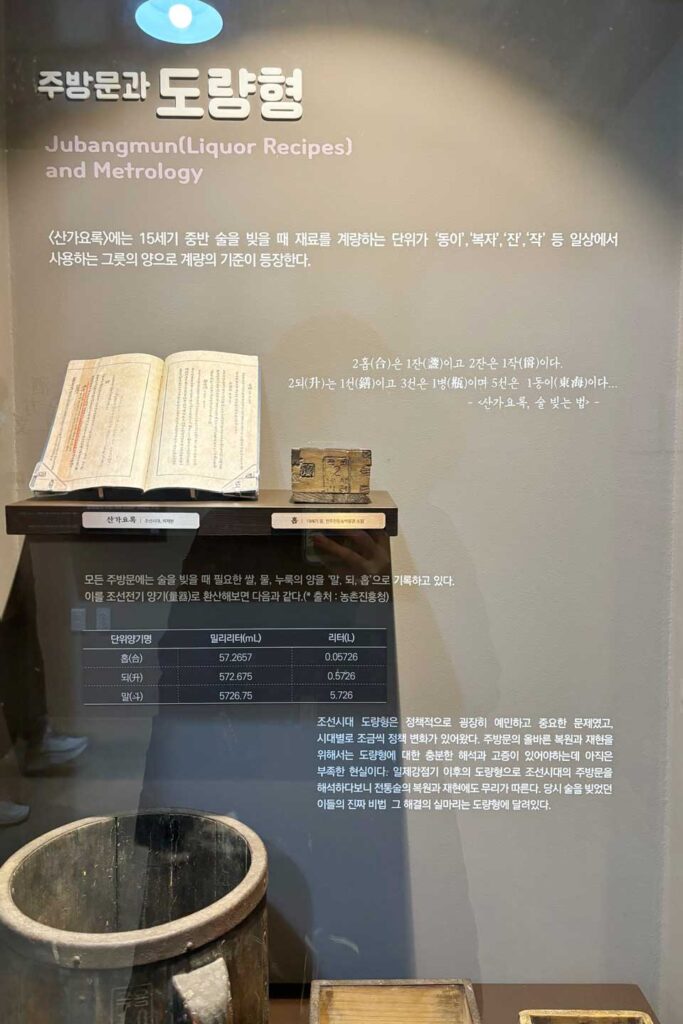

The exhibition explained how the Joseon era’s home-brewed liquor culture was disrupted by the Japanese Liquor Tax Law of 1909. It presented the history of alcohol, tracing its rise during the home-brewing era, its subsequent decline, and eventual revival.
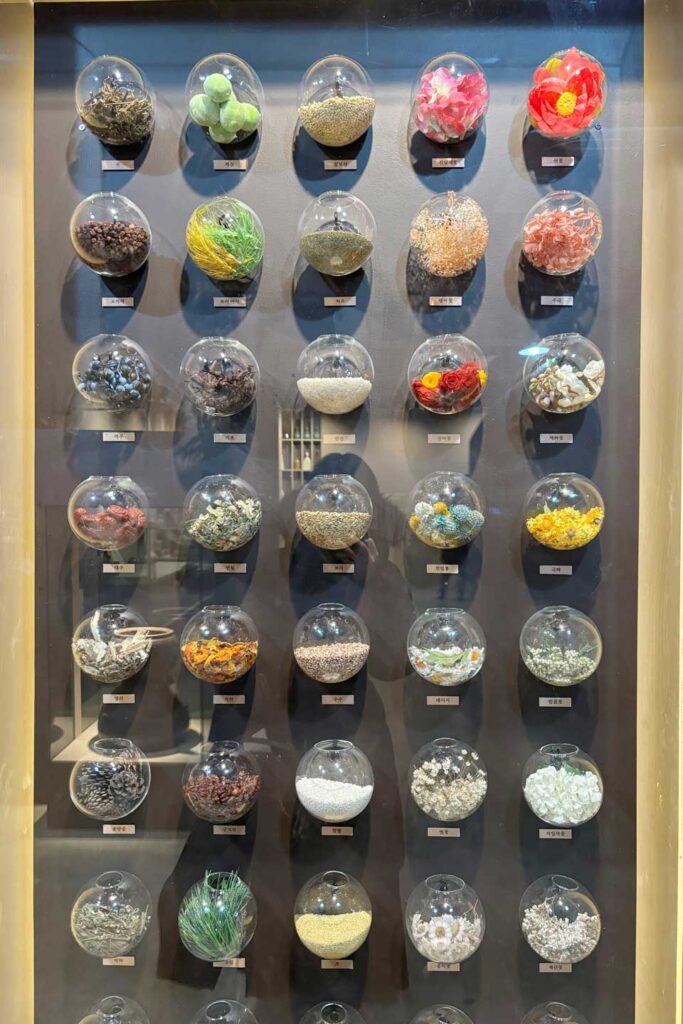
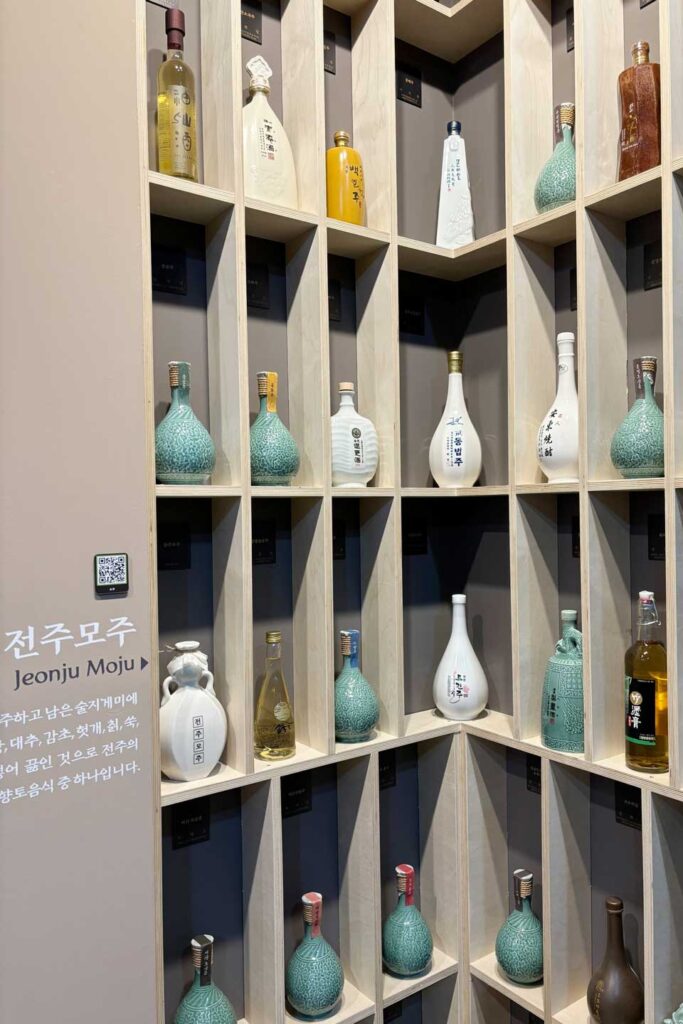
“Drink fragrantly and beneficially like a flower.”
One eye-catching display showcased a wall decorated with beautiful flower petals, all of which were ingredients for making alcohol. Accompanying this display was the phrase, “Drink fragrantly and beneficially like a flower.” It revealed that our ancestors crafted alcohol not just from seasonal fruits but also from flowers. The idea of liquors made from magnolia and knotweed flowers, each with its unique scent, was particularly intriguing.

The museum also featured a section exclusively showcasing Jeonju’s famous Moju, and boards listing the schedules for various interactive exhibition programs. Since most experiences required prior booking, it was advisable for visitors interested in participatory activities to make reservations in advance.


The Nuruk exhibit was an eye-opener, revealing a greater variety of Nuruk than expected. It was fascinating to learn that making Nuruk involved more than just fermenting rice flour; it was about blending different ingredients in specific proportions to create unique varieties of Nuruk.

After exploring the exhibition, I exited through Yanghwadang and encountered a winding stone path. Curiously, it was labeled ‘Yusanggoksu-yeon.’ Here, visitors have the unique opportunity to dress up in traditional scholar’s robes and float cups of liquor in the water, adding to the immersive experience.

As you head towards the exit, keep an eye on the left side of the corridor. There’s a room that functions as the museum shop. This shop offers a variety of traditional liquors that were on display in the exhibition. The owner, who crafts homemade Moju, generously provided a sample of warm Moju on the cold day I visited. It was my first experience with warm Moju, and its delightful taste led me to buy a bottle.
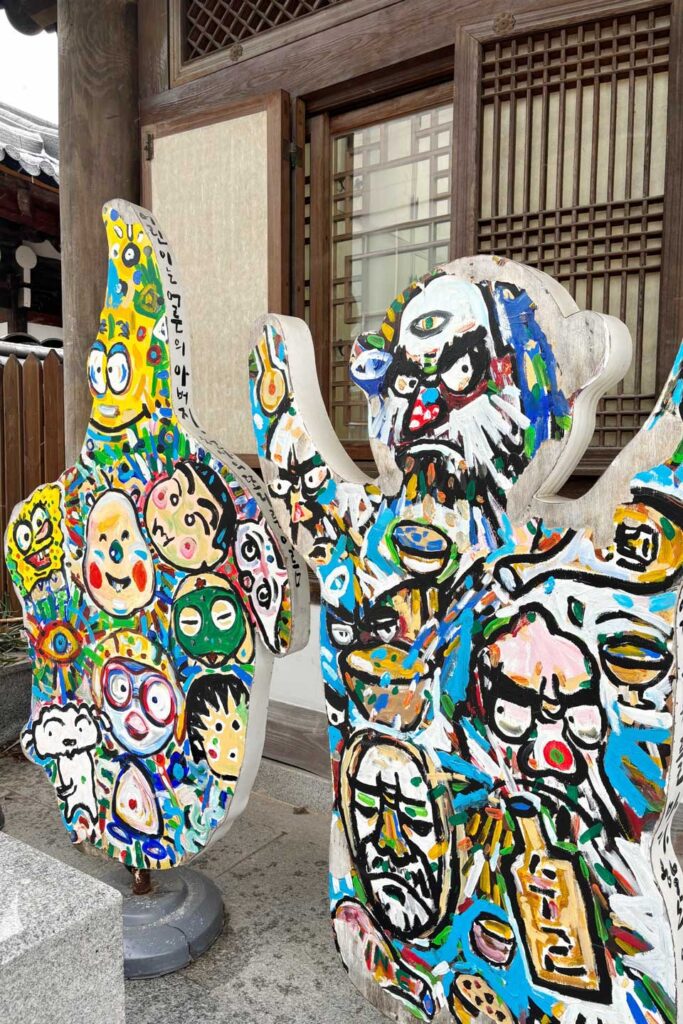
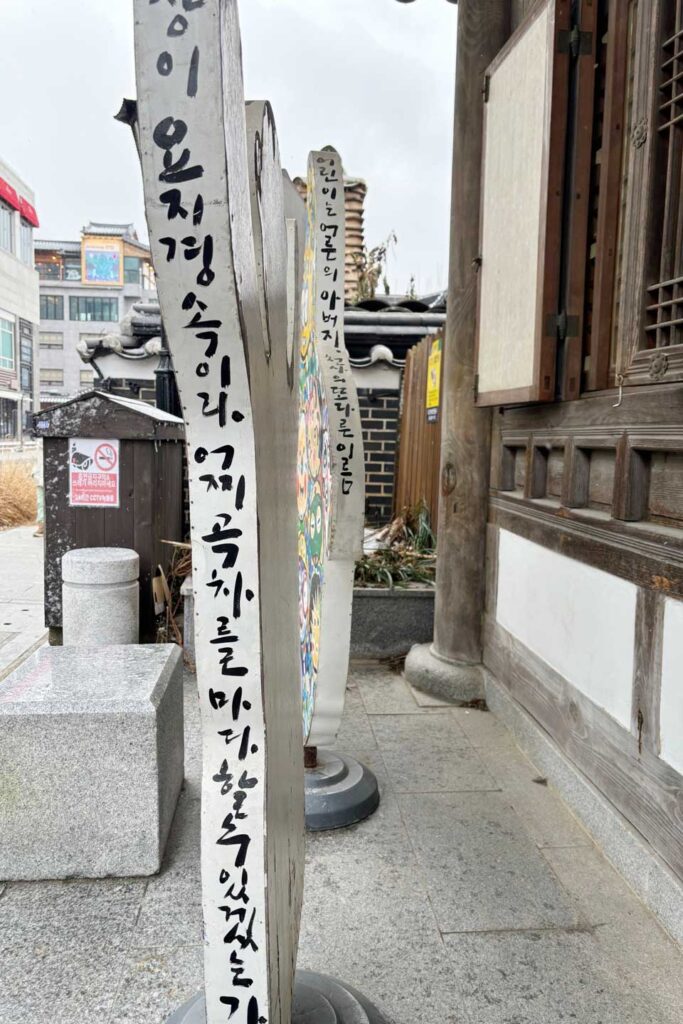
On my way out of the Jeonju Korean Liquor Museum, I paused to take another look at the architecture and spotted an engaging phrase: “In this chaotic world, how can one refuse a cup of liquor!”
The exhibition walls were filled with our ancestors’ narratives and records about alcohol, often humorously justifying their love for a drink. It was quite charming to read. Everyone has their preferred way of enjoying alcohol—some in large groups, others with a few friends, and some alone. The assortment of alcohol, from strong to sweet, caters to these diverse tastes. It was intriguing to learn that our ancestors also relished a similar variety of drinks. The exhibition offered a delightful glimpse into historical drinking cultures.
How about savoring a warm cup of Moju on a chilly winter day? I highly recommend a visit to the Jeonju Korean Liquor Museum, based on my enjoyable experience there.
Jeonju Korean Liquor Museum
📍 74 Hanji-gil, Wansan-gu, Jeonju-si, Jeollabuk-do

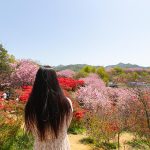
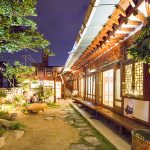
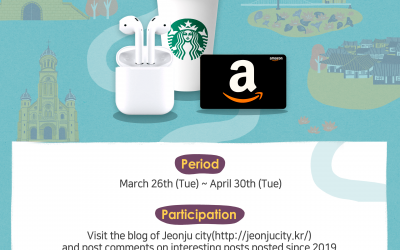
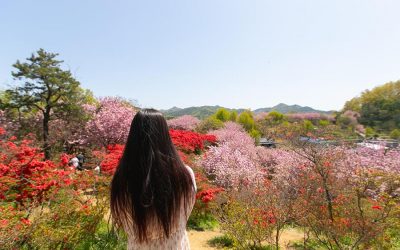

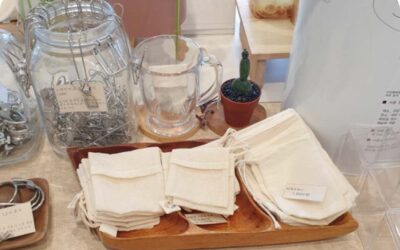
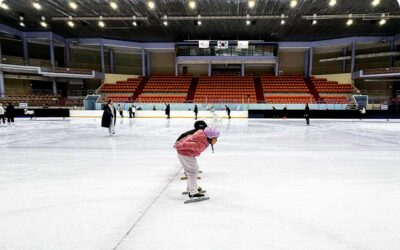
Recent Comments